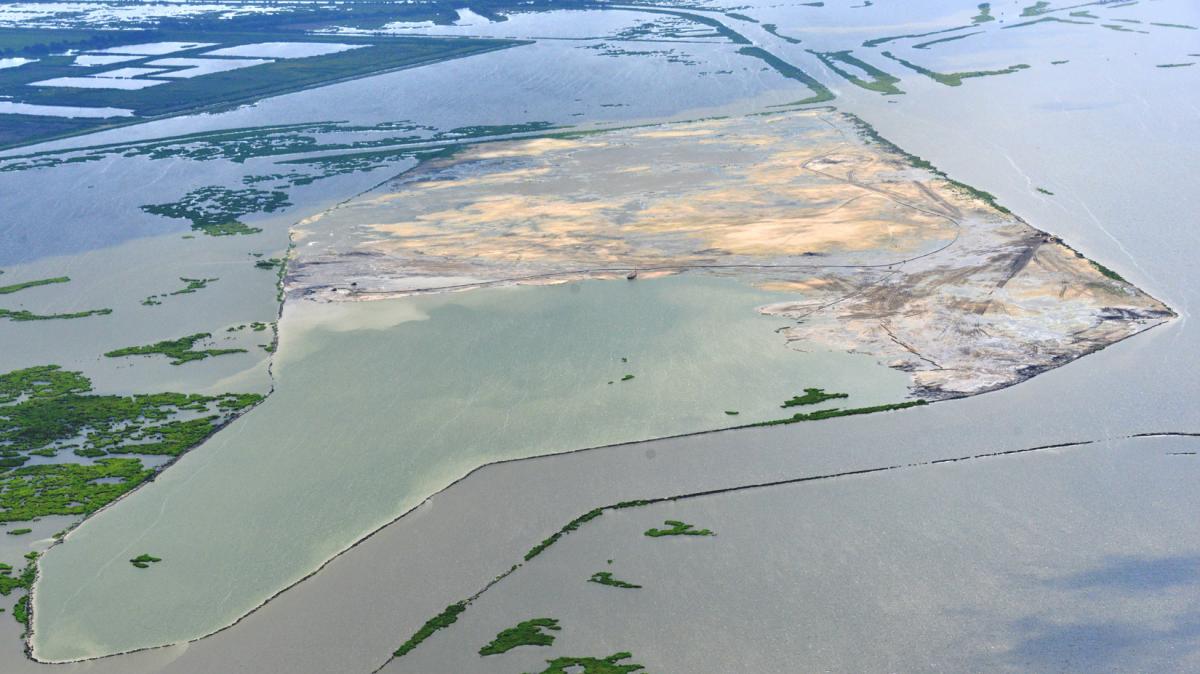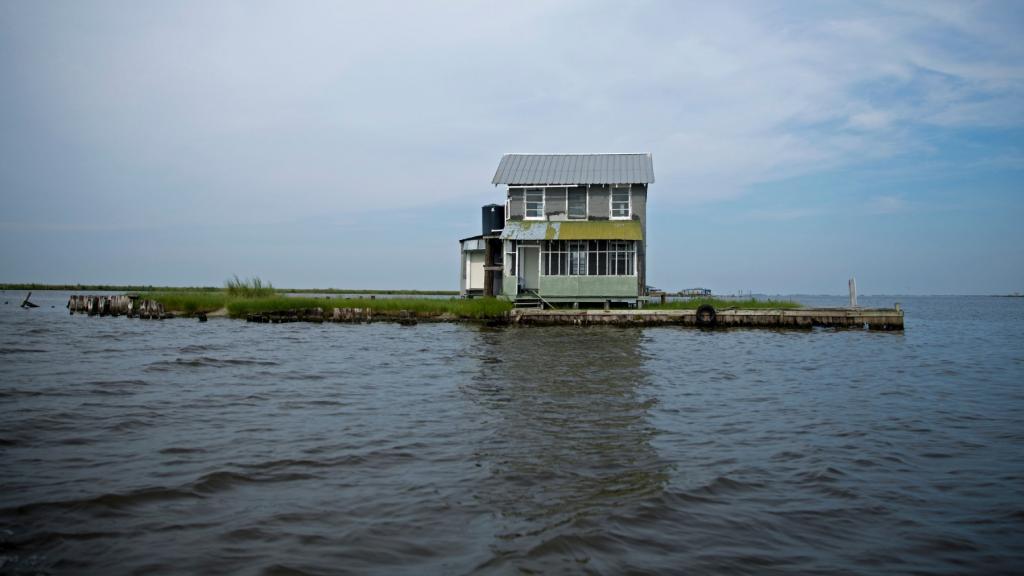This story is second in a two-part series on Louisiana’s rapidly disappearing coastline. Read part 1.
As Brig. Gen Duke DeLuca wrapped up his 32-year career with the U.S. Army Corps of Engineers in August, he contemplated the key to Louisiana’s massive, 50-year, $50 billion effort to prevent the southeastern portion of the state from being swallowed by the Gulf of Mexico.
DeLuca, an expert on the many threats facing the coast, said: “It will take a moon-shot type of investment in the science.”
Many in Louisiana’s coastal scientific community believe DeLuca’s description is right on the mark, capturing the undertaking’s daunting uncertainties.
The mission could not have been set on a more challenging landscape, at a more inopportune time.
Southeastern Louisiana might best be described as a layer cake made of Jell-O, floating in a swirling Jacuzzi of steadily warming, rising water. Scientists and engineers must prevent the Jell-O from melting — while having no access to the Jacuzzi controls.
The problem is human-made. Over the last 80 years, Louisiana’s coast has been starved of sediment by river levees and eviscerated by canals dred... Read more

